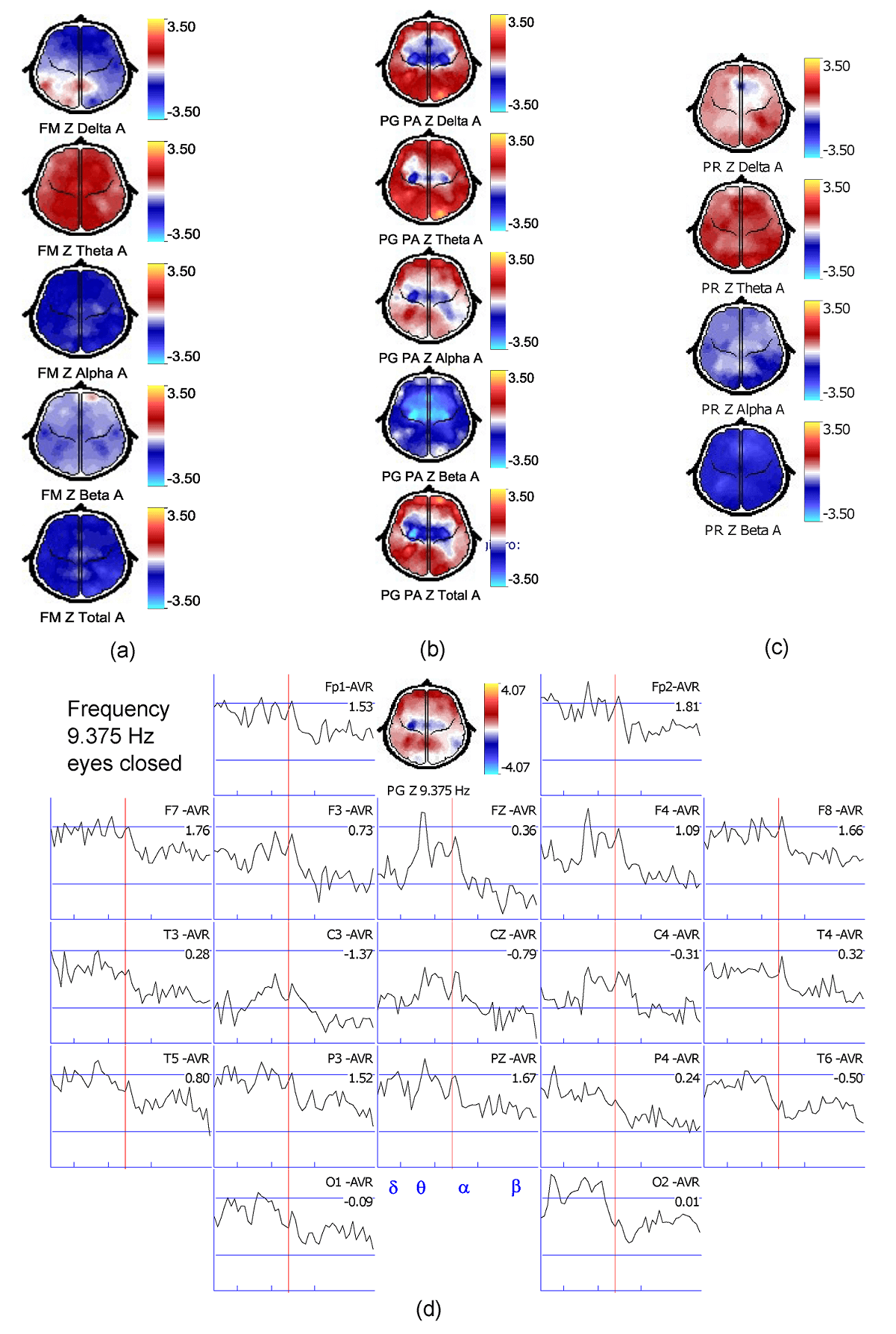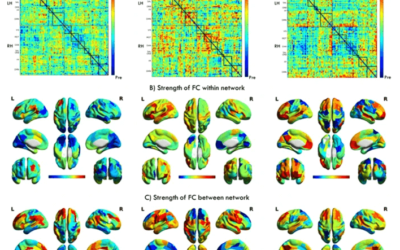Recent studies have increasingly demonstrated the effectiveness of light therapy in treating strabismus and amblyopia, particularly focusing on Syntonic Light Therapy. These studies involve monitoring brain activity and visual performance before and after Light Therapy (LTH). Post-LTH observations revealed a notable increase in high voltage activity in patients with strabismus and amblyopia. Notably, synchronized brain activity was observed in patients exposed to filters that transmit blue light, as opposed to red light. The research also emphasizes that light therapy is not universally applicable and should be conducted under professional supervision. Research reference link.
Different Wavelengths of Light Impact Various Regions of The Brain In Unique Ways
This groundbreaking study sheds light on how different wavelengths can specifically target and influence brain regions, extending beyond visual processing. The research highlights the potential of monochromatic light exposure in positively impacting a range of health issues, from spring asthenia and disrupted circadian rhythms to more complex conditions like bipolar disorder and Alzheimer’s disease. It also cautions the necessity of professional supervision in the application of syntonic light therapy, underscoring its precision and care in use



